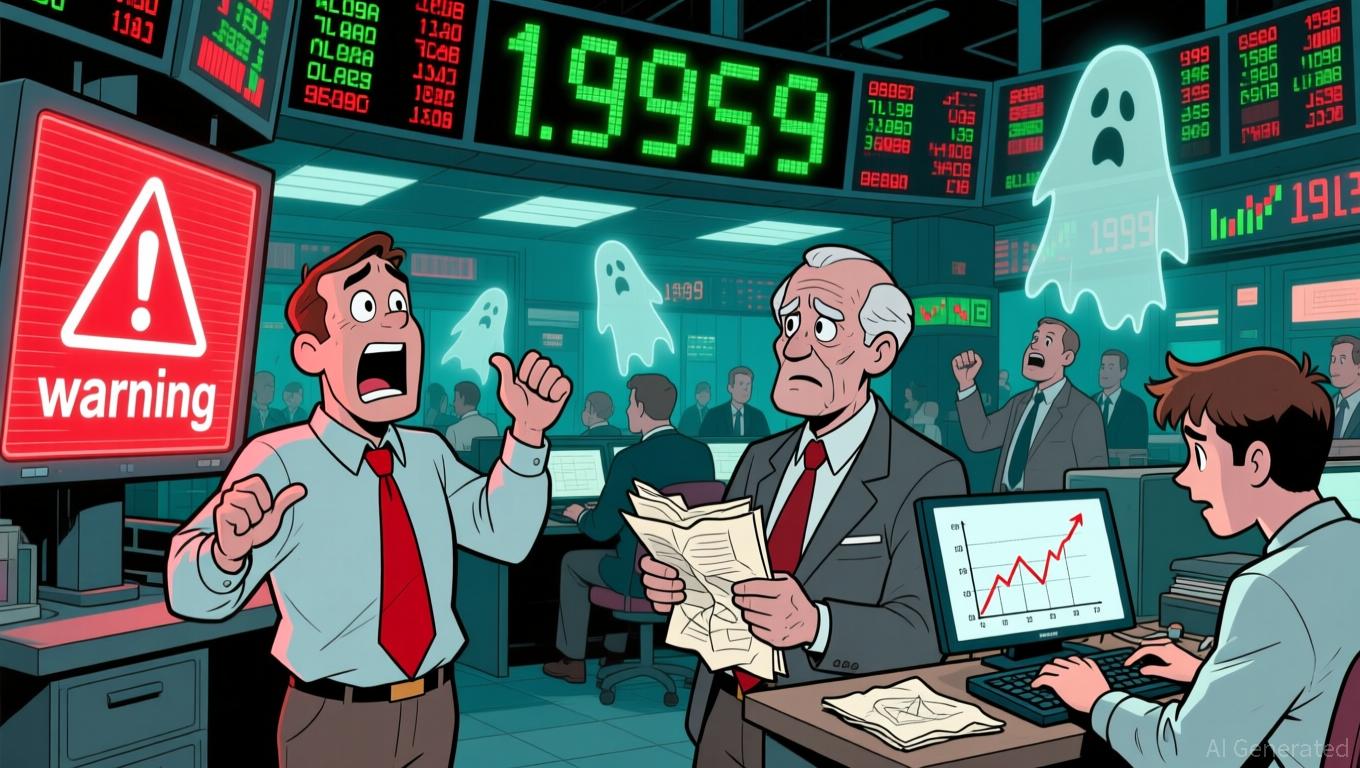Fed’s QE Strategy: Could AI Mania Lead to a Repeat of the 1999 Bubble?
- Billionaire Ray Dalio warns Fed's shift to QE risks inflating an AI-driven bubble akin to 1999's dot-com crash. - He criticizes reinvesting MBS proceeds into Treasury bills as monetizing debt while cutting rates amid large fiscal deficits. - Analysts highlight risks of reduced T-bill supply, lower yields, and repo market strains from Fed's $15B/month Treasury demand. - AI sector valuations and corporate earnings will test Dalio's concerns as November inflation data and PMI reports approach.
Billionaire investor Ray Dalio has sounded a serious alarm regarding the Federal Reserve’s latest policy direction, cautioning that its shift away from quantitative tightening (QT) toward a version of quantitative easing (QE) could fuel a speculative bubble similar to the late 1990s dot-com surge, as reported by a
The central bank’s recent decision to end its QT initiative and keep its balance sheet steady has sparked concerns about potential market instability, according to a

The next few weeks will put these perspectives to the test. Investors are monitoring November’s inflation numbers and manufacturing PMI data for hints about the Fed’s future policy decisions, as indicated by the
Disclaimer: The content of this article solely reflects the author's opinion and does not represent the platform in any capacity. This article is not intended to serve as a reference for making investment decisions.
You may also like
JPMorgan claims Bitcoin more attractive than gold post deleveraging

Bitcoin indicators signal potential reversal after mimic of April crash

Miami mayor's Bitcoin salary sees 300% increase

JPMorgan discloses holding 5.3M BlackRock Bitcoin ETF shares, valued at $343M, up 64% since June
